Artists' Books
Artists' Books

In Alphabetical Order
Facsimile of the seminal magazine created by Ulises Carrión and Cres, originally published in 1978. In this photographic book—one of very few of Carrion's entire practice—the author is very critical about his own affiliation with the mail art movement. The book presents a series a photographs of his calling card filing box, which the author juxtaposes with witty and poignant captions.
“This book of mine is partly real facts and partly fantasy. The real fact is that I love lists of names, card indexes, information retrieval systems, that sort of thing. No wonder I have an archive at home, the Other Books and So Archive, which includes a collection of artist's books.”
Ulises Carrión (1941-1989) is one of the most important figures of Mexican conceptual art. His 1975 manifesto The New Art of Making Books help defined artist's books as an autonomous artistic genre. His work includes numerous artist's books—which was then designated as bookworks—but also video art, sound arts, performance and mail art.
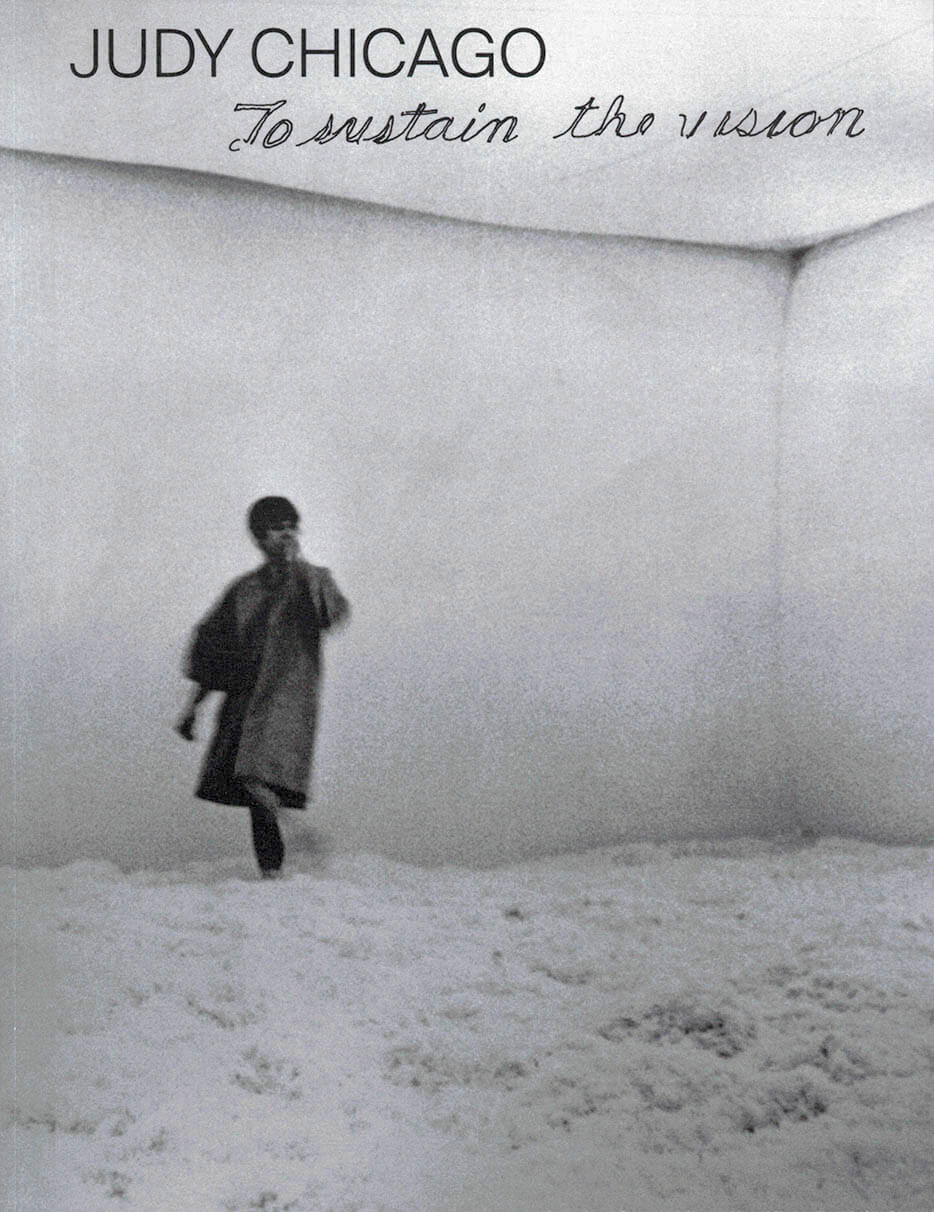
Judy Chicago: To Sustain The Vision
Monograph bringing together some fifty works by Judy Chicago and unpublished documents, accompanied by three critical texts by Géraldine Gourbe.
Judy Chicago says she wants to live as long as possible; not to transcend her mortal condition, but to be around as her works successively find recognition. A woman holding out against all odds: such is the image of an artist more a visionary than the pioneer she has so often been described as. Unlike the pioneers, Chicago has never joined the “greats” of the white, modernist, Eurocentric canon. Rather she has avoided this historical snare, urging instead the alternatives of to sustain the vision.
Géraldine Gourbe is a philosopher, author, art critic, and curator.
Published May 2020

Empty Aphrodite: An Encyclopaedia Of Fate
David Keenan, Sophy Hollington
Taking inspiration from the history and identity of the Museum of Witchcraft and Magic in Cornwall, this series of books seeks dialogue with the culture and folklore of magical practice. A range of artists were asked to create new work and collaborate on four publications that take their shape through this fascinating alternative history.
‘Empty Aphrodite’ is a radical imagining of the gods of antiquity as archetypal powers and forces that people often encounter in their lives. Organised as an alphabetic poetic sourcebook, it combines magic and inspiration in a series of surrealist portraits. The encyclopaedia comes with five random stickers with which you can choose your fate.

Seehearing the Enlightened Failure
This book appears in conjunction with Cecilia Vicuña’s retrospective exhibition at Witte de With in Rotterdam. The comprehensive show highlights the wide-ranging oeuvre of this self-taught Chilean artist, poet, and filmmaker whose work in the 1970s seemed incomprehensible in an environment dominated by performances and urban interventions that drew from a Western perspective of the avant-garde.
The perception that her painting is amateur, intuitive, or non-professional is closely aligned with the kind of creative act that interests her. Vicuña’s cyclical understanding of this very act is conveyed through the return of ideas that do not exist as “final objects” but rather as rehearsals.

Animal - Family - Bad Mood Audience - Sleeping Bad Mood
The first comprehensive monograph on the work of Krõõt Juurak
In the past fifteen years, Krõõt Juurak has developed a series of practices and performances that do not necessarily take place in a theatre or a gallery, at a predictable time or space, but rather come to existence as performative conditions through certain other triggers. This volume is both a record and a performative expansion of Juurak’s practice. Through four themed chapters (Animal, Family, Bad Mood Audience and Sleeping Bad Mood), the publication features a rich array of text-based works, essays, interviews, documentation and ephemera that will provide an insight into Juurak’s singular body of work including Internal Conflict, Sleeping Performance, Autodomestication, Performances for Pets and Bad Mood.
Edited by Galerie / Adriano Wilfert Jensen and Simon Asencio
Text contributions by Krõõt Juurak, Alex Bailey, Kate Strain, Noor Mertens, Suzan D. Polat, Jessica Ullrich, Guendalina Pirelli, Donny Mahonney, Simon Asencio and Adriano Wilfert Jensen.
Published October 2020

Schismatics
Schismatics consists of 10 short stories, in a fictitious way dealing with forgotten historical personas. Among them, artist Goda Palekaitė includes Mary Anning –– an amateur discoverer of dinosaurs, Emanuel Swedenborg –– a mystic who empirically explored the architecture of heaven, and Essad Bey –– a Jewish-Muslim writer and orientalist. Here their lives are revived and balance between the lines of history and story.
The book fuses elements of fiction, academic writing, and artistic research, and intertwines with rumors, forgeries, and inventions. Previously, its characters and narratives have already appeared in Palekaitė’s performances and installations, which are presented in the middle of this bilingual edition. In the introductory essay, Valerio Del Baglivo analyses the author’s exploration of facts and fiction, the mechanisms of knowledge production, and the trans-chronological perception of time. At the end of the book, Monika Lipšic ‘Riddle’ reflects on a ‘schismatic poetics’.
Goda Palekaitė is a contemporary artist and researcher whose work combines visual, literary, performative, and anthropological practices. Exploring the politics of historical narratives, the agency of dreams and collective imagination, and social conditions of creativity, her work evolves around long-term projects that manifest as performances, scenographies, installations, and texts. Her performances, solo and group shows are being presented internationally. In 2019 Goda Palekaitė received The Golden Stage Cross and the Young Artist’s Prize for her artistic contributions across disciplines.
Published September 2020
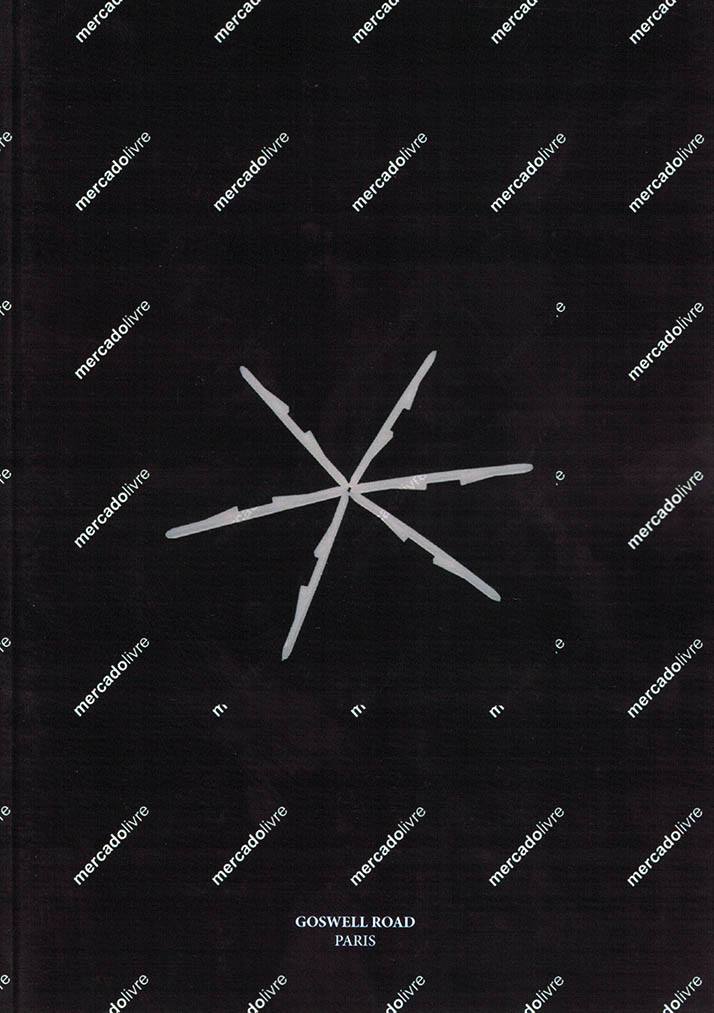
Mercado Livre
Wisrah Villefort’s overarching research focuses on the nonhuman, digital matter, synthetic polymers, prosthetics and their markets.
The ongoing hypermedia work Mercado Livre begun in 2017, is dependent on the viewer performing online, accessing the platform via Instagram. Villefort collects images from online marketplaces based in the Global South, outside of the West, including AliExpress (China) and Mercado Livre (Argentina) for the content. Mercado Livre, besides being the title of the work and the platform, is also the term for the neoliberal principle of the “free market”, in which goods’ prices supposedly regulate themselves.
This book accompanies his exhibition, THE MOUTH OF THE GIFTED HORSE, dissecting Mercado Livre through the eyes of the show, focussing on inter-species relationships and non-human prosthetics, featuring a text written by Villefort during his recent research residency at Pivô, São Paulo, entitled 'Notes on Masks, Gloves and Muzzles: Beyond the Fault of Epimetheus'.
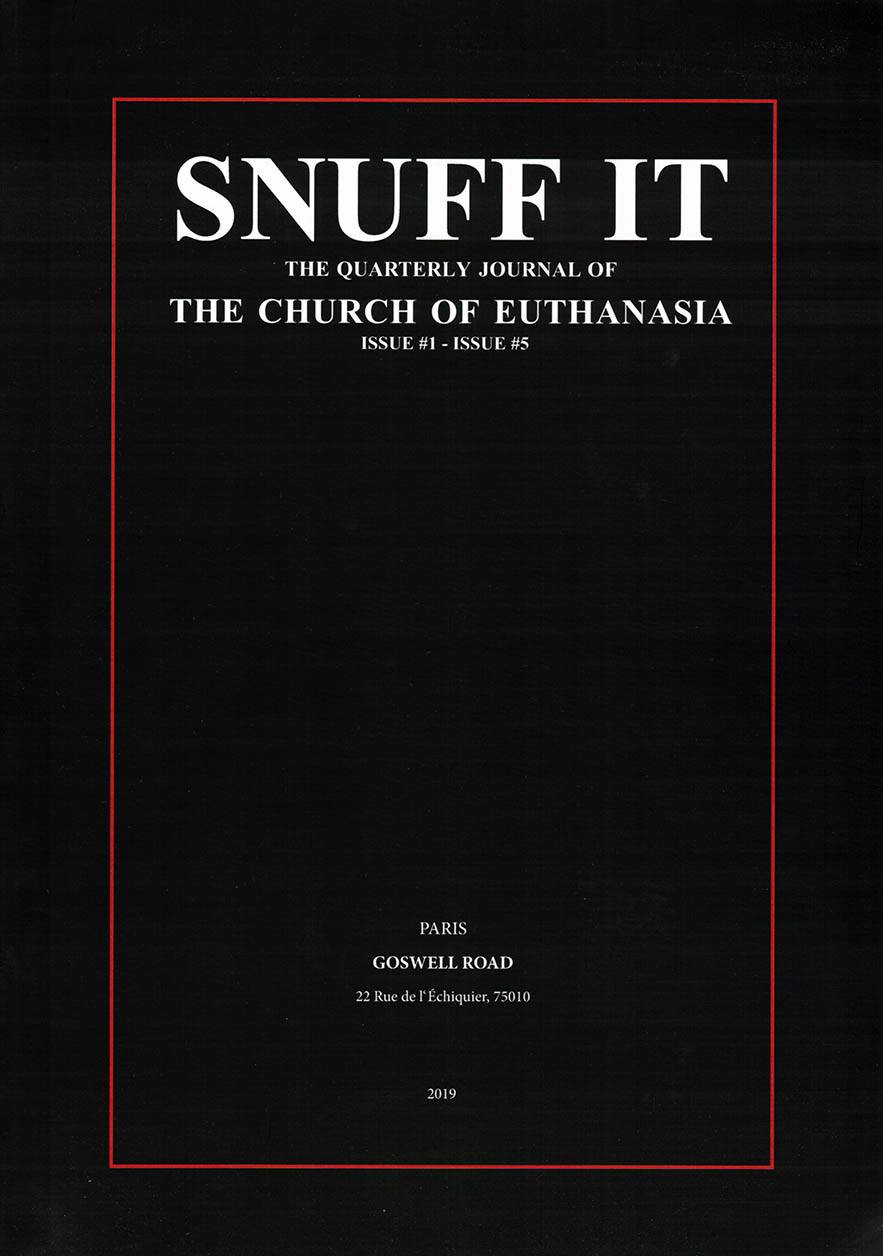
SNUFF IT
In June 1994, the Church of Euthanasia published the first issue of SNUFF IT subtitled 'The Quarterly Journal of The Church of Euthanasia'. On the back cover was a simple claim: "Get six issues of Snuff It for only ten dollars!" though, to this day, the CoE has only produced five issues. What SNUFF IT lacks in punctuality is more than made up for its content. The first four issues were produced between 1994 and 1997, the period when the dada actions of CoE were at their peak. ISSUE #5 had to wait over 20 years to see the light of day, but the CoE capitalised on this, giving us a taste of what it means to them to be Post-Antihuman.
Gathered here for the first time are all five issues of SNUFF IT and some closing words from the Reverend Chris Korda on the evolution of the CoE during its 27 years of existence.

Farewell Youth: An Archive 1996-2019
Cap de Ville was a child of the nineties and noughties. The extracts from the works contained in this volume are a personal testament to this time, to his time. He refers to these book-objects as 'psychophores': they contain hair, theeth and bodily fluids, alongside collected objects, talismans, detritus, and personal photographs, all conserved in transparent adhesive tape. His archive covers the years from 1996-2019 (the year the book-objects were assembled) without clear indicators of time passing or time stamps. It remains defiantly out of time.

Forlaget emancipations frugten
Wet With Dew
Text by Eleanor Ivory Weber
Published by Forlaget emancipa(t/ss)ionsfrugten
Edited and produced by Eller med a △ Åbäke
Edition: 200 ex.
Format (b*h): 20 * 26,5 cm
Pages: 48 sider
Print: Grafiche Veneziane
Paper: Munken Pure 170g
Typeface: Base12 by Zuzana Licko
More info at https://www.cecilieskov.com/Works/Wet-With-Dew

Experiments in Joy
Gabrielle Civil's Experiments in Joy celebrates black feminist collaborations and solos in essays, letters, performance texts, scores, images, and more. Following her explosive debut Swallow the Fish, Civil now documents her work with From the Hive, No. 1 Gold, and Call & Response—whose collaborative Call inspired the title. The book also features her solo encounters with artists and writers, ancestors and audiences. Here you will find black girlhood, grief, ghosts, girls in their bedrooms, lots of books, dancing, reading, falling in love, fighting back, and flying. With lots of heart and the help of her friends, Civil keeps reckoning with performance, art and life.
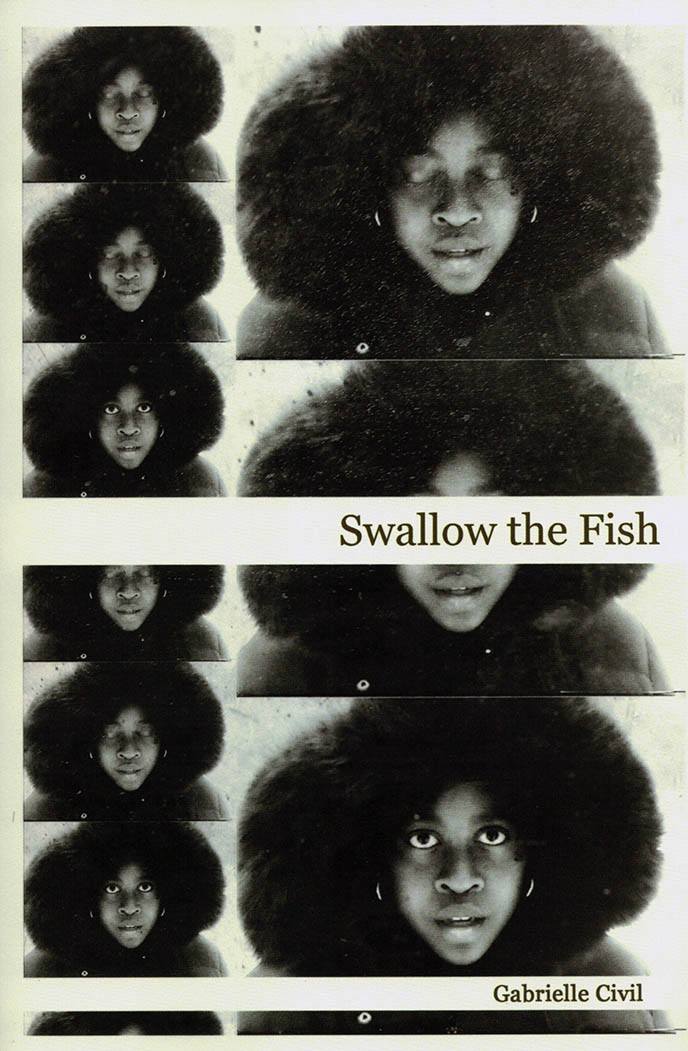
Swallow the Fish
Gabrielle Civil's Swallow the Fish is a memoir in performance art that explores the medium from within its beating heart. Adding its voice to black feminist conversations, it combines essays, anecdotes, and meditations with original performance texts to confront audience, motivation, and fears. Both joy and panic appear in Civil's world of performance, where neither walls nor city limits set the scope of the stage. Civil bares vulnerabilities and enthralls readers, asking essential questions and embodying dreams.
Published 2017.

I saw the world collapse and it was only a word
In I saw the world collapse and it was only a word, published on the occasion of his concert in December 2019 at Albertinum, Staatliche Kunstsammlungen Dresden, Hassan Khan articulates the communal yet individualized feelings of sadness and trouble before they coalesce into larger structures and institutions through a libretto for five vocalists, showing us the fleeting moments of the world as it is collapsing rather than only the dust of its collapse. The work is characterized by layered fragments that gesture toward a tonality and unity that nearly coalesce, but that dissipate as soon as they emerge. The collapsing word could be anything: the death of a family member; a defeated revolution; a heartbreak. It means something different from one place, one individual, to the next while still existing so broadly that it defines a more communal experience felt across the globe. A collapse from what? Rather than a doomsday message, it intimates that perhaps the world isn't really collapsing at all. Instead, Khan poses collapse as an ever-present underlying condition, challenging much contemporary intellectualizing that positions the current moment as somehow peculiar or extraordinary.
"1) Blame your partner for every disaster that has even occurred: G.
2) Oscillate in confusion between these two pitches using a glissando to come and go at a narcotic speed: A♭ C♭.
3) Argue with your best friend while looking at them using this progression: G – B – D – E♯.
4) Demand an apology using the progression: E – C – A♭♭ – F.
5) Beg for forgiveness by using the two highest pitches you can reach.
6) Ask a question by humming this progression: E♭♭ – D♭ – Ax – A♯.
7) Lose interest in everything using this progression: F – A – C – C♯."
Hassan Khan (born 1975 in London, lives and works in Cairo) works with image, sound, text, space and situation.
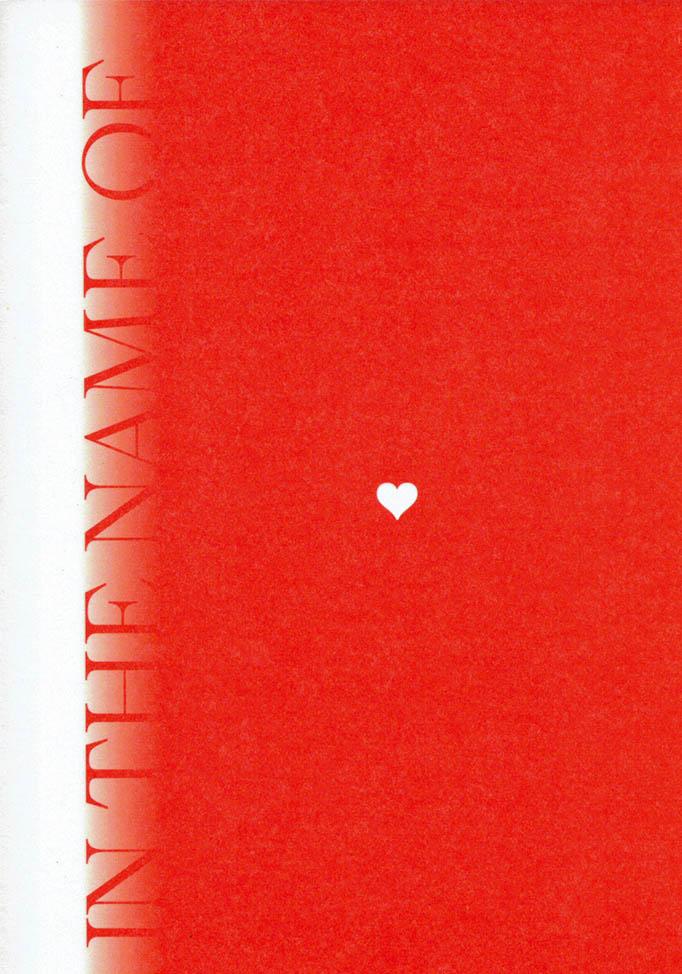
In The Name of Love
Who claims love?
The benign and seemingly innocent heart symbol hides a much more complex story than its surface suggests. The heart is often described as a universal symbol for love, yet its history suggests otherwise; it is closer to a corporate and political medium, embedded with contemporary imbalances of class, gender, and race.
This book wishes to reveal the intricacies and problematics surrounding the heart symbol and explores how technological, political and historical dominance has impacted the development of communication and our access to (online) information today.
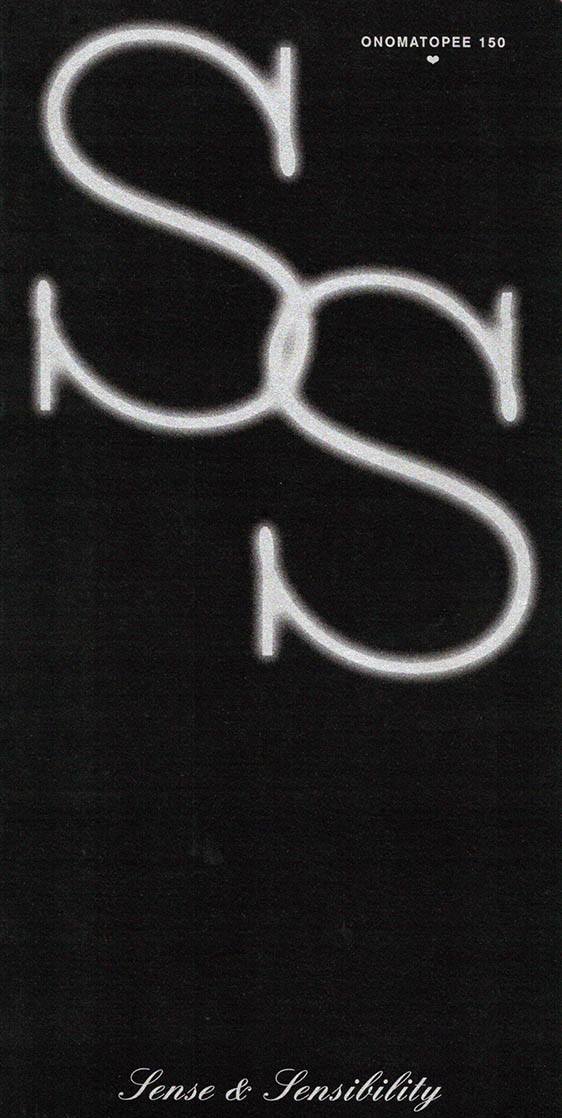
Sense & Sensibility
It’s because feminism has become a fashionable commodity now, that we’re in desperate need of a more inclusive and varied reflection on contemporary girlhood, gender equality struggles, and the relationship between gender, politics and philosophy.
This book documents the production and thought processes of 6 engaging artists and designers regarding the theme, and features a collection of essays by artists and academics, writers and rioteers, curators and journalists.
With contributions by Mandy Roos, Gabriel A. Maher with Roberto Pérez de Gayo and Carly Rose Bedford, Olle Lundin, Janina Frye, Camille Auer, Barbara Bolt, Daantje Bons, Charlotte van Buylaere, Ece Canlı and Luiza Prado de O. Martins, Victoria Ledig, Alicja Melzacka, Nina Power, Barbara Smith for Nasty Women and Aynouk Tan.
Edited and curated by Pernilla Ellens
Graphic design by Virginie Gauthier
Made possible thanks to the municipality of Eindhoven and the province of Noord-Brabant.

Blood
Six years in the making, 'BLOOD' is the first comprehensive English translation of the poems of Danish art historian, communist activist, and writer R. Broby-Johansen.
Translated, edited, and designed by Line-Gry Hørup, Broby-Johansen’s poems are accompanied by a series of full colour photographs by Amsterdam photographer Johannes Schwartz, which document the pair’s trip to Brody-Johansen’s recently established archive. So recent, that they were in fact the first to view it. 'BLOOD' was made possible with the support of Stimuleringsfonds and the Danish Arts Foundation.
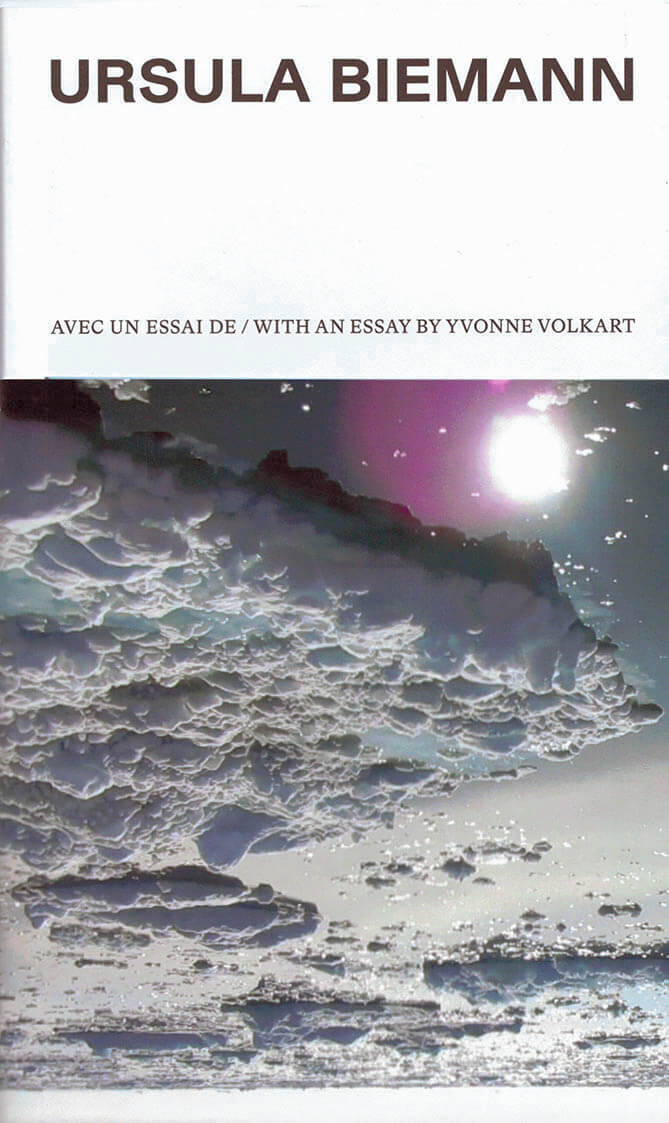
Ursula Biemann
A notebook based on Ursula Biemann's latest film, Acoustic Ocean, an expedition to the depths of the Arctic Ocean in search of interspecies communications.
32 p, ills colour, 14 x 23 cm, pb, French/English

Love with Obstacles (Amor Rojo)
This is Spanish artist Dora García’s collaborative research on the life and legacy of Alexandra Kollontai (1872–1952), a socialist, activist, feminist, and intellectual. As a Soviet ambassador from 1922 to 1945, she advocated the sexual and social emancipation of women, and implemented many measures women continue to fight for today, such as legalising abortion and protecting women’s rights. Her writings found special resonance in Latin America, where her influence is still felt in contemporary feminist struggles.
The essays “On the Dragon” and “White Bird” are translated into English here for the first time, and are published alongside a selection of poems by Anna Akhmatova.

Decoding Dictatorial Statues
Decoding Dictatorial Statues, a project by Korean graphic design researcher Ted Hyunhak Yoon, is a collection of images and texts revolving around the different ways we can look at statues in public space. How can we decode statues and their visual languages, their object hood and materiality, their role as media icons and their voice in political debates?
Anticipating to current debates the book responds to urgent concerns about the representation of our heritage by not only asking us to examine what history to put on a pedestal, but to also consider the visual language of the statue itself. Decoding Dictatorial Statues therefore offers opportunity to level with the actual affairs the statues promote. In parallel to this deconstruction of the politics of a statue’s gestures the project discusses symbolic notion of culture and design by offering opportunity to another, and more cross-cultural understanding.
Ted Hyunhak Yoon(b.1987) is a graphic designer∙researcher based in Seoul(KR)∙Maastricht(NL). He graduated from MA Visual Communication, Royal College of Art in London, UK. From April 2017 onwards, he is a participant of a residency programme in Jan van Eyck Academie, Maastricht, Netherlands.

Every Time I Am Away From The Internet, I wonder if I am loved
You know the feeling : you’re online, right, and for no particular reason, you start to feel weird. Like something glorious is about to happen. And then, just like that, it fades, the glory has passed; now you feel sad. Did you miss it?
Oh, what a time to be alive. I love this life. I sometimes wonder whether it loves me back, but I try and convince myself that such things don’t matter. Nothing does, and that’s the best part.
Well, anyway, this is an exploration of some of the feelings that could crush us in the digital 21st century.

Footfall Almanac 2019
The Footfall Almanac 2019 collects observations, objects and other traces to instigate a discussion on surveillance techniques currently deployed in shopping malls, and during public major events in Brussels.
Wireless tracking of mobile phones has become a common method to monitor crowds without requiring explicit permission or active cooperation. Private companies, as well as civil agencies, use it to keep a close eye on the movements of city dwellers through public spaces, the former to forecast sales and the latter for crowd management purposes.
The Footfall Almanac 2019 observes this encounter of actors and predictions in their shared technologies and terminologies.
With contributions by: Femke Snelting and Dennis Pohl.
This project was initiated on invitation from Constant VZW who has been invited by 431 Architects to participate in The New Local, part of the Precarious Pavillions in the context of Kaai Theater’s Festival: CITY:LAND.
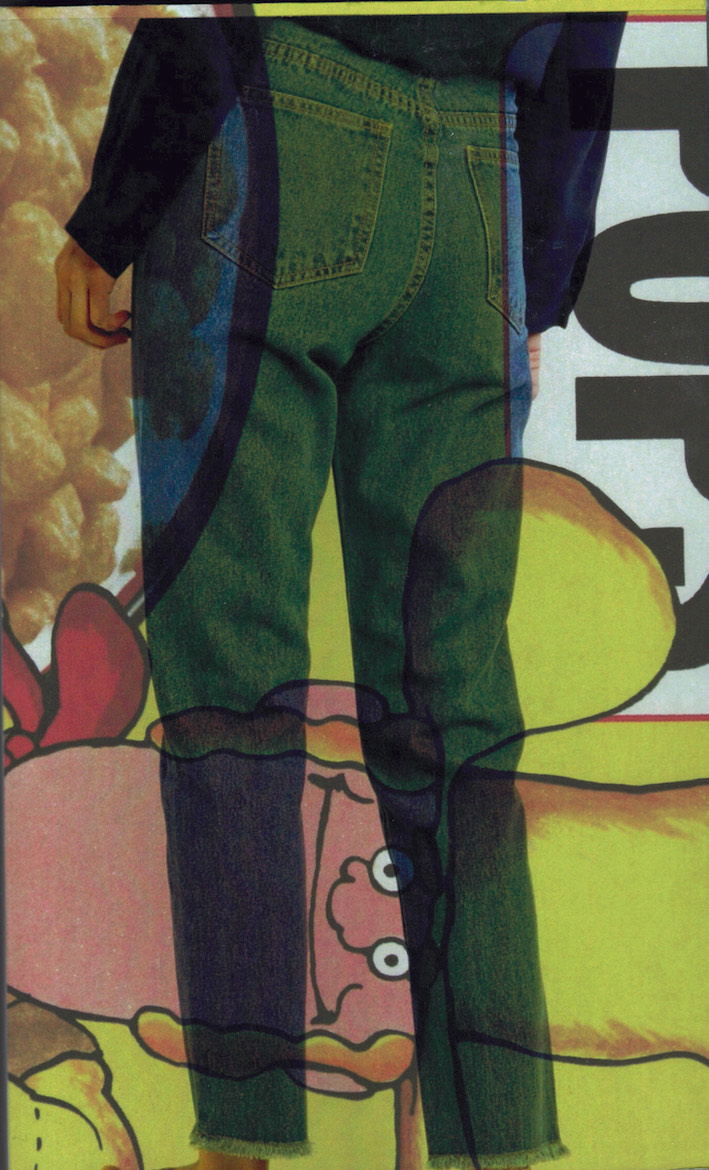
Homophone Dictionary
Homophone Dictionary was originally a file that is compiled by the now 96-year-old former schoolteacher Susan Nixon. She has build up many collections throughout her life, almost all of them exist out of objects, except one: after her retirement she compiled a word document that by now exist out of almost 1000 homophones; two, or more words that you pronounce similar but have a different meaning, often the spelling is also different.
The document is structured as a dictionary and the homophones are illustrated with examples that are based on autobiographical information. The structure of Homophone Dictionary also refers to speech therapy exercises and concrete poetry.
“As a student nurse learning medical terminology, I became fascinated with understanding the roots of words. When I had a young family, words were a principal source of entertainment: it was not unusual for one of the children to slip from their chair at the dinner table and fetch a dictionary in order to settle a dispute or satisfy someone’s curiosity. Then I became a teacher and brought this love of words into the classroom. My habit of word collecting became the children’s habit – my pupils became ‘word-lovers’ and ‘list-makers.’
I casually collected homophones for years. When introducing homophones into the classroom, the kids found definitions dull; the typical reaction was, ‘Yes, but give me a sentence using the word!’ and this idea emerged: a book of sentences demonstrating the meanings of homophone pairs or sets.”
Author Sue Nixon, editor Riet Wijnen, Offset print
20,4 × 12,4 cm, 423 pages
edition of 500
Published 2020

FUNGI
Dries Segers photographed all tangible fungi organisms in Dudenparc Brussels. Fungi are the oldest living species on our planet. They build and spread their communities across human borders continents laws … They take over land without asking permission. They clean up toxic messes in disturbed landscapes and shake the land back to life to create livable grounds for animals plants and maybe humans. They have the power to transport energy between weaker and stronger trees to keep forests alive or to kill them. Their spores are invisible and spread and spread and spread.
“The uncontrolled lives of mushrooms are a gift — and a guide — when the controlled world we thought we had fails.” — Anna Lowenhaupt Tsing
Published 2019
36 pages 28×42 cm
design: Chloé D’hauwe & Ine Meganck
text: Hannah De Meyer
print: Stockmans Duffel

Off by Heart
Between 2014 and 2016, the artist Wendy Morris started off on different walks along the west coast of Europe, following the path of a family of Huguenots during the repression after the Edicts of Nantes at the end of the 17th century. Throughout her walks, Morris drew new maps and routes of the places visited by the Huguenot refugees, who just as today passed through Calais and Dunkerque in France, moving on to Blankenberge, Zeebrugge and then Vlissingen as their final destination in the Netherlands. Then and now again, these ports and places were known as escape routes towards a better future.
It is their experiences that Morris tries to elucidate via carefully selected texts fragments, recited psalms and testimonies that are juxtaposed with official publications and regulations dictated by the Catholic Church against these Huguenots. The artist also mapped her own route while simultaneously making notes and collecting samples of grass, trees, seeds, plants, and the like, which may have been used by the refugees to heal the daily injuries caused by the long trip.